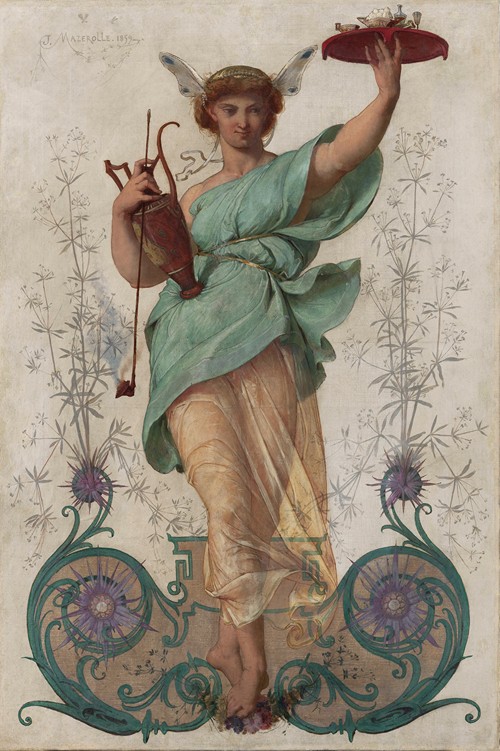
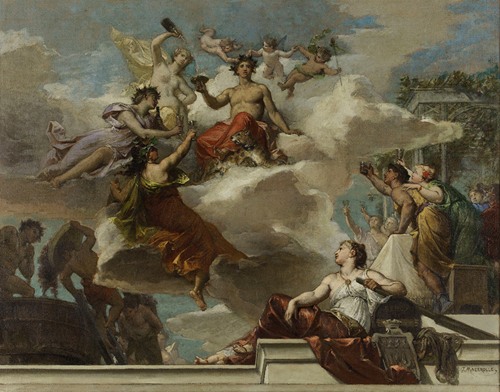
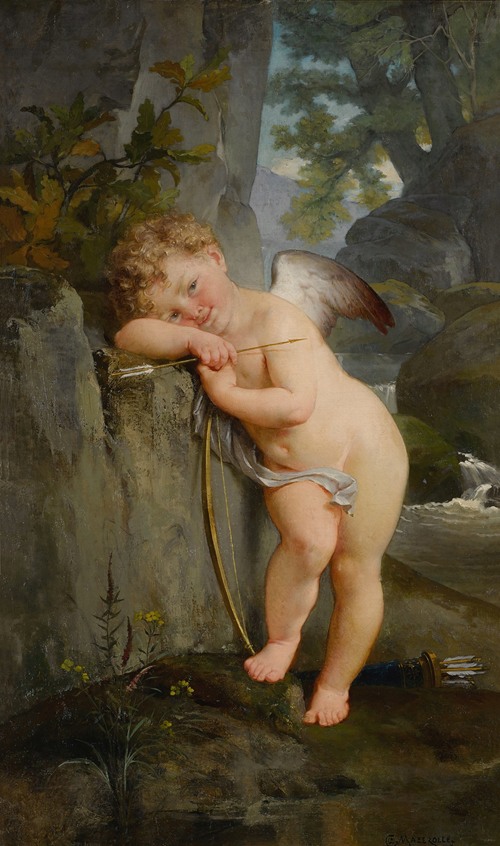
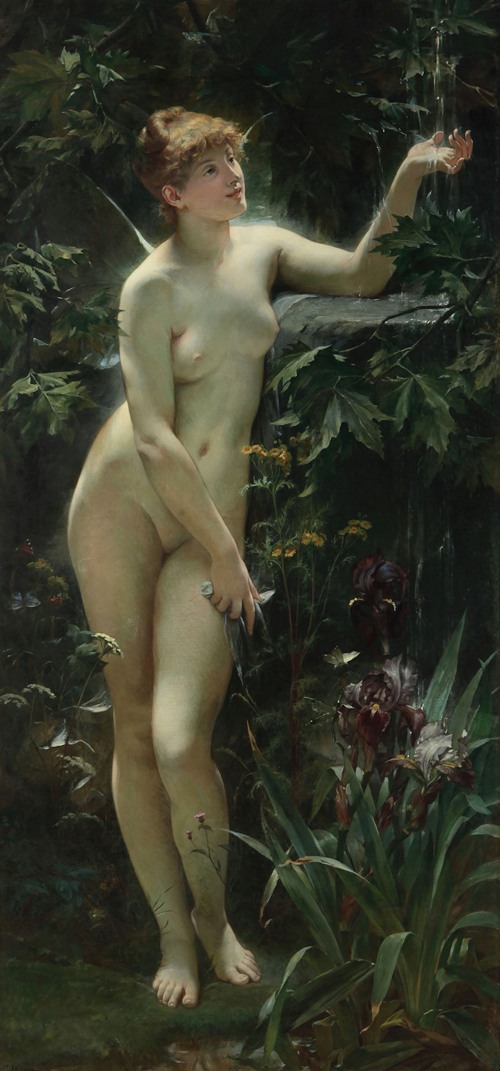
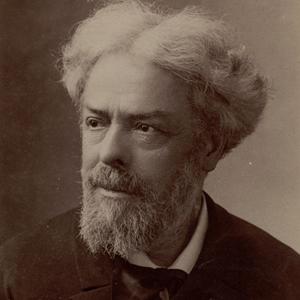

Alexis-Joseph Mazerolle was a French painter.
Alexis-Joseph Mazerolle was born on 29 June 1826. His father, Jean-Baptiste, was a carpenter and his mother, Madeleine Vitry, was a laundress. He was their third child. He was admitted to the École des Arts et Métiers (School of Arts and Crafts), where he showed unusual ability in drawing. In 1843, at the age of 17, he was admitted to the École des Beaux-Arts where he was a pupil of Marc-Charles-Gabriel Gleyre. He also studied under Pierre Dupuis.
Mazerolle's first submission to the Salon was in 1857 with The Old Woman and the Two Servants. He continued to be a regular exhibitor in the Salon for most of his life. In 1857 he won a 3rd class medal for Chilperic and Fregigonde, and in 1859 won a "rappel" for Nero and Locusta Experimenting with Poisons upon a Slave. He won a second "rappel" in 1861. Most of his paintings were of historical or mythological subjects.
In 1861 Mazerolle married Aglaé Hourdou. They had two sons. He served in the National Guard during the Siege of Paris in 1870. He was awarded the Legion of Honour in 1870. In the early years of the French Third Republic Mazerolle created decorative tapestry designs for the Manufacture Nationale des Gobelins. In 1880 President Jules Grévy made him an officer of the Legion of Honour when the new ceiling of the Théâtre Français was inaugurated, for which he received much praise. He died on 29 May 1889 from an attack of asthma, aged 62.



